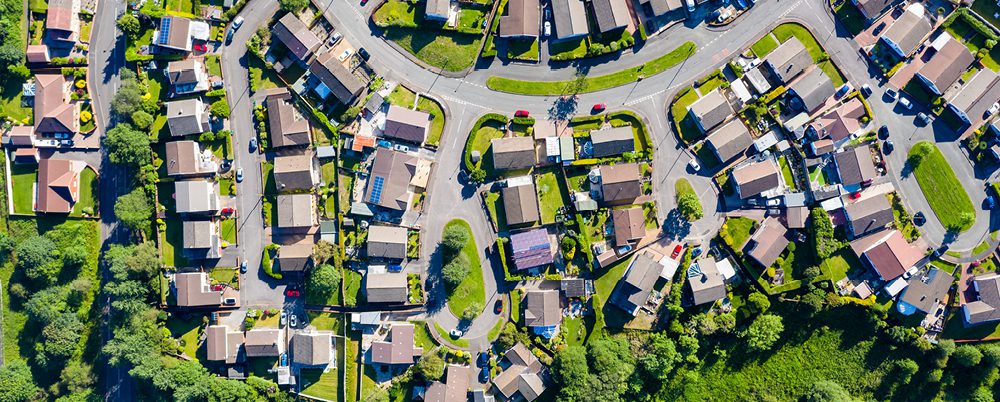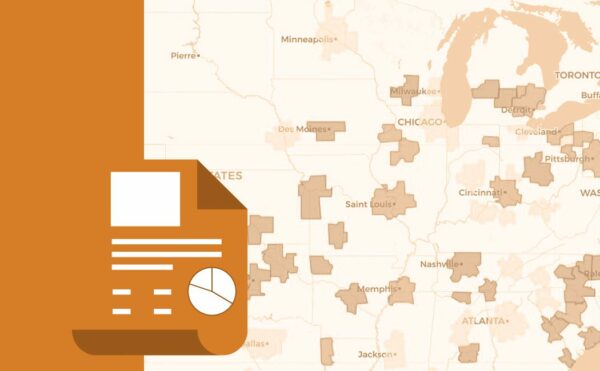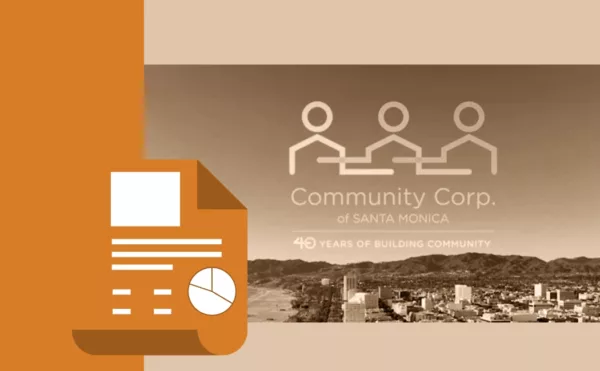
February 1, 2022
Key Takeaways
- RCLCO’s analysis indicates new home production and total sales volume will be slightly ahead of 2021, though obviously not without challenges or wildcards.
- Although December total sales of new single-family homes were “up” 11.9% month-over-month, for the year 2021 sales ended lower relative to 2020.
- December seasonally adjusted annual rate of 811,000 new single-family home sales – down 14% from December 2020. About 6.0 months of supply of new homes at the current pace (3.8 months in December 2020).
- Permits are a leading indicator; December 2021 saw an increase in permits, starts, and completions from the previous month.
- Building permits in December were at 1,873,000, 9.4% above November and 6.5% above December 2020.
- Homebuilder sentiment is about equal to its position at the beginning of 2021: the NAHB Housing Market Index is consistent with its position in December 2020.
- The average sales price of new SFD in December 2021 was $457,300, up 13.8% from December 2020, but down 4.6% from November 2021.
- Forecasts for home price growth in 2022 average about 5%, ranging from 2.3% (Mortgage Bankers Association) to 11% (Zillow), down from the record 19% in 2021, as price growth decelerates.
- Although the pace of price growth is slowing, for 2022 price growth will likely remain above the long-term historical trend of 4.6%.
The charts below summarize the current state of the market and RCLCO’s outlook on what to expect for the balance of 2022. This year has the potential for housing markets to experience a less tumultuous year as compared to 2021, but some of the same challenges with meeting demand in 2021 will remain throughout the current year. The continuing economic recovery, strong existing home price appreciation, still historically low interest rates, demographic tailwinds, and a pandemic-driven desire for more space are some of the factors driving the demand side of the equation. Three years into a worldwide pandemic and the housing market’s greatest challenges are more related to supply than demand, with an inadequate supply of new and resale homes to purchase following years of under-building, exacerbated by the economic impacts of the COVID pandemic and recent supply chain issues. This has made it particularly challenging to deliver enough new homes to meet demand. Supply chain issues continue to contribute to shortages and delays that are keeping up the pressure on prices, but homebuilders are adapting. There is a lot of focus both within the industry and government towards resolving the supply chain knots, and they will likely continue to gradually resolve throughout 2022 and early 2023. Building material supplies are increasingly available, but they are coming at a higher price, and that along with labor market constraints is challenging builders to keep housing attainably priced as they deal with higher costs.
Underlying demand is likely to stay strong. Employment in the U.S. has recouped approximately 85% of COVID-related job losses, and wages are rising rapidly, contributing to higher costs but also improving consumer purchasing power which is strengthening demand in the overall economy. The unemployment rate continues to decline and stood at 4.2% as of Q4 2021. The U.S. economy is forecasted to add 4.4 million jobs in 2022. The economic recovery continues to move forward although the economy is not yet fully healed from the COVID recession, and headwinds such as inflation and the ongoing supply chain bottlenecks will be challenges at least through the first half of the year or longer. Although economists predict that inflation will peak in Q1 2022, few expect core inflation will fall below 3% before mid-year.
The other wild card, of course, is COVID-19. The Omicron variant seems to be less severe with lower associated hospitalization rates relative to Delta, so while we all need to continue taking steps to keep ourselves and others safe, we may be getting closer to the end of the crisis stage. Of course, the virus has surprised us before, and another variant could pop up to change all this. Stay tuned.
With all of this as context builders remain optimistic with overall homebuilder sentiment, as measured by the NAHB Housing Market Index, at similar levels compared to early 2021 (although below the peak optimism of late 2020). Although supply constraints have been frustrating, builders understand that continuing low housing inventories and strong demand will continue to drive the industry forward throughout 2022. Nonetheless, supply chain problems remain a drag on the pace of new construction. Labor shortages persist as well, with many open positions going unfilled, creating further headwinds for the housing industry.
NAHB Housing Market Index
Source: National Association of Home Builders
Nonetheless, residential construction is coming back from the fall-off in the summer of 2021. In December of 2021, the most recent data available, we saw an increase in permits, starts, and completions from the previous month. It’s important to note that permits are typically a leading indicator of where the market is headed. Building permits in December were at 1,873,000, 9.4% above November and 6.5% above December 2020. Housing starts increased 1.4% from November and were 2.5% above December 2020. Housing completions were 1.0% above the November rate but 6.6% below December 2020, a reflection of the challenges of keeping up with demand.
New Residential Construction Seasonally Adjusted (000s)
Source: U.S. Census Bureau
Total new home sales in 2021 ended lower relative to 2020. Although December total sales of new single-family homes were “up” 11.9% month-over-month the seasonally adjusted annual rate of 811,000 new single-family home sales is 14% lower than where we were in December 2020. As of December, there were 6.0 months of supply of new homes at the current pace of sales, as compared to 3.8 months in December 2020.
New Single Family Home Sales (000s)
Source: U.S. Census Bureau
The greatest volume of new home sales occurred in the south, which includes two of the strongest housing markets in the country, Texas, and Florida, followed by the western region which includes California, Arizona, Utah, Colorado, and Nevada, with the Northeast and Midwest regions trailing behind with much lower numbers.
New Home Sales by Region (000s)
Source: U.S. Census Bureau
The average sales price of new single-family homes in December of 2021 was $457,300, up 13.8% from December 2020, although slightly down from a month earlier. Forecasts for home price growth in 2022 average about 5%, ranging from 2.3% (Mortgage Bankers Association) to 11% (Zillow), which if that comes to pass will be substantially down from the record price increases of 2021, as price growth appears to be decelerating. Nonetheless, 2022 price growth will likely remain above the long-term historical trend of 4.6% annual growth.
Average New Home Sales Price
Source: U.S. Census Bureau
The Federal Reserve Board is winding down the stimulus program it put in place early in the pandemic to support the economy. It began the process of slowing its emergency practice of purchasing Treasury and mortgage-backed securities every month, which it’s been doing to help maintain the flow of money through the financial markets and help keep interest rates low. As it ends that emergency program, the Fed is also expected to start raising the short-term federal funds rate in March of 2022, with three rate increases anticipated this year. Given the Fed’s actions, long-term interest rates are likely to rise moderately in 2022 but remain low by historical standards. Mortgage rates have already risen year to date, and trends indicate that 30-year fixed mortgage rates are likely to increase to at least 3.7% in 2022, which has the potential to impact new home affordability, although the slower price growth noted above may mitigate the overall impact. Under normal conditions rising rates would moderate demand for for-sale housing, however, there remains considerable pent-up demand in the housing sector which will likely outpace housing supply for some time to come. Nonetheless, many homebuyers will be priced out of the market as supply chain issues and rising rates further decrease housing affordability.
National 30-Year Mortgage Rate
Source: Freddie Mac
Trends indicate 30-Year fixed mortgage rates are likely to increase to at least 3.7% in 2022; this will impact home affordability, but price growth will slow.
Very low existing home inventory is helping to keep the pressure on demand for new housing, with only 2.1 months of inventory currently, about where the market was at the end of 2020.
So, what does all of this mean for total new single-family home sales in 2022 as compared to 2021? Fannie Mae’s most recent forecast is for 2022 to be just slightly stronger than 2021 in terms of total annual new home sales. Fannie Mae is forecasting sales of 885,000 new homes or growth over 2021 of almost 15% percent. But they warn that the forecast could be revised downward if mortgage rates rise more dramatically than indicated above.
New Single-Family Home Sales by Quarter (Jan 2022)
Source: Fannie Mae
All in all, the potential exists for another very good year for the single-family housing industry and Master Planned Communities business, but with obvious challenges and some unknowns to contend with as well. We will continue to update these trends statistics and forecasts over the year, so watch this space, and good luck.
Article and research prepared by Gregg Logan, Managing Director. Supporting figures prepared by Sean Kluver, Analyst.
RCLCO provides real estate economics, strategic planning, and management consulting to real estate investors, developers, home builders, financial institutions, public agencies, and anchor institutions. Our real estate advisors help clients make the best decisions about real estate investment, repositioning, planning, and development. Interested in learning more about RCLCO’s Master-Planned Community Services? Please visit us at www.rclco.com/master-planned-communities-services/.
Disclaimer: Reasonable efforts have been made to ensure that the data contained in this Advisory reflect accurate and timely information, and the data is believed to be reliable and comprehensive. The Advisory is based on estimates, assumptions, and other information developed by RCLCO from its independent research effort and general knowledge of the industry. This Advisory contains opinions that represent our view of reasonable expectations at this particular time, but our opinions are not offered as predictions or assurances that particular events will occur.










